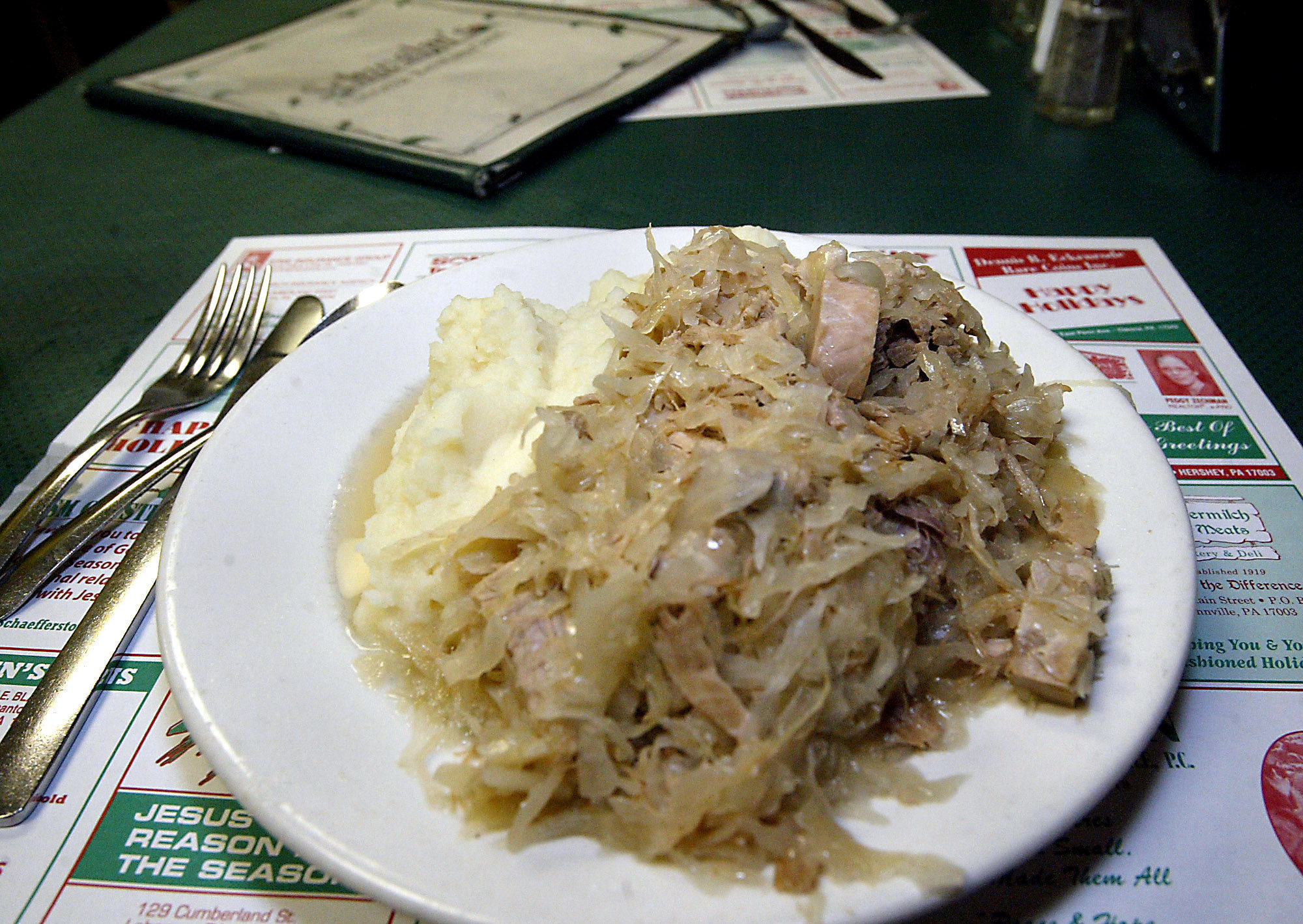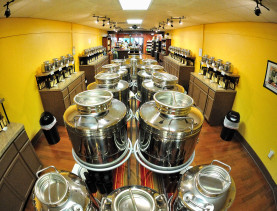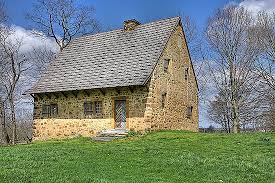Dec 18 2013
What’s with Pork & Sauerkraut for New Years?
In most parts of Pennsylvania we see lots of Pennsylvania Dutch foods. The Pennsylvania Dutch were originally German immigrants that came to Pennsylvania in the seventeenth and eighteenth century. Over time the German language transformed into a dialect known as Pennsylvania German (or “Deutsch” which was mispronounced as Dutch), and over time English became the language of choice.
There is a heavier concentration of Germanic (and even Polish) traditions and foods in Allentown, Hershey and Lancaster because this is still known as “Pennsylvania Dutch Country.” Although we typically think of PA Dutch primarily as the Amish, or Mennonite communities the fact of the matter is that PA Dutch is permanently ingrained within a lot of Pennsylvania’s population. According to Wikipedia “German-Americans remain the largest ancestry group in Pennsylvania”. A lot of the Pennsylvania Dutch culture has moved west towards other parts of Pennsylvania including Pittsburgh, but it’s also in Ohio, West Virginia and other parts of the country where the Amish communities have relocated to. Here in the Pocono’s there is still a heavy PA Dutch culture, it is not as saturated as in the Allentown or Lancaster area but it is definitely here. The Pocono Mountains have a lot of European presence, there is a unique mixture of German, Irish, Polish and Ukrainian influence. From what I have seen, generally speaking there is a heavy German-Polish feel to what we call PA Dutch. It’s not quite German, it’s not quite Polish, it’s not quite “All American.” It’s Pennsylvanian.





